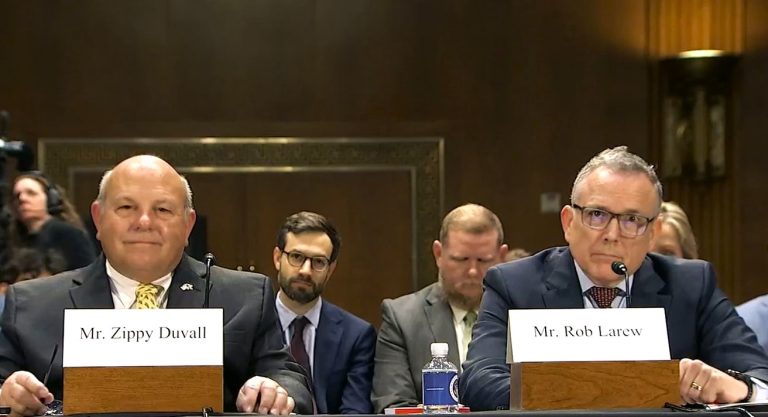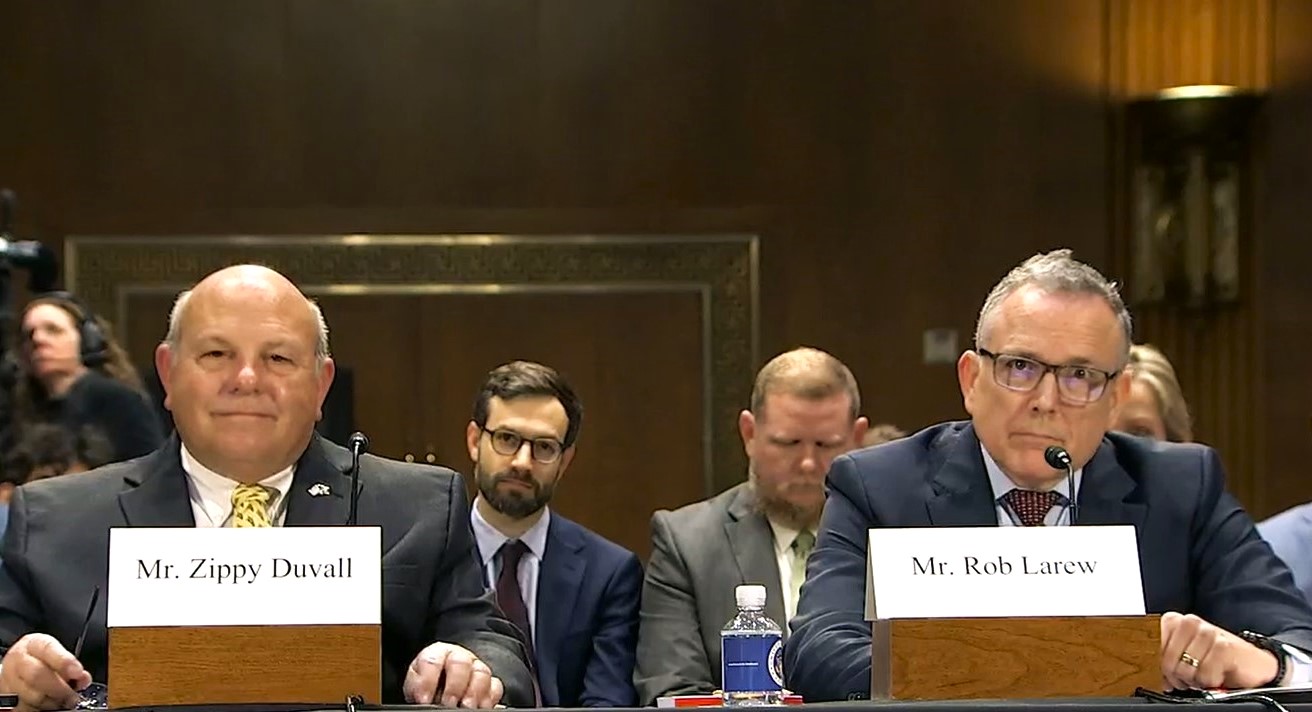SIOUX FALLS, S.D. — The recent displays of aurora borealis in South Dakota is not typical for the region, but while it brought joy to viewers, it caused some confusion for farmers and ranchers sitting frustrated in their fields as the powerful geomagnetic solar storms interfered with GPS in their planters and tractors.
Kyle Cronin, associate professor of computer and cyber sciences at Dakota State University, told KELO GPS systems in farm and ranch implements were particularly impacted by the recent solar activity.
Cronin spoke of some farmers in his own family, who he said initially thought something was wrong with their equipment.
“No, there’s nothing wrong with your equipment, there’s just a solar storm going on right now,” he said.
“I’m not an astrophysicist, I actually do radio signal stuff — the sun kind of burps these charged particles at us, and normally our planet filters these out so they don’t impact us, but our radio signals from satellites have to go through the ionosphere,” Cronin said.
The ionosphere, Cronin explained, acts like a lens in some ways, scattering particles as they pass through it. “It’s kind of a known constant,” he said. “It’s usually about the same, so when we get burped on by the sun — what those radio wave have to go through is totally different and unpredictable.”
This unpredictability, according to Cronin, really impacts GPS.
“When we have a GPS satellite — they send out a radio wave to us that says what time it is and where the satellite is,” said Cronin, going on to explain that a GPS then uses this information to triangulate location. “When there’s a geomagnetic storm — the distortion [in the ionosphere] is basically unpredictable.”
While disturbances in the ionosphere may be difficult for most people to track, including those who rely on GPS, Cronin says there’s a fairly simple way to figure out when something may be afoot. The northern lights.
“That’s kind of your sign,” said Cronin.













